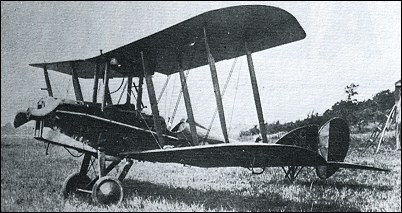Hello learned folks,
I know that this is a long shot, but I am helping to sort and arrange the propellers at Tangmere Military Aviation Museum. I would like to improve the presentation by including a photograph of the appropriate aircraft and arranging them in chronological order. I have used your skills and knowledge in the past to identify my personal collection. Thank you.
I have managed to identify the vast majority of the exhibits but am stumped by one which has in the past been cut into 4 and reassembled. it is 10ft long and the only marking I can find are 'Tibbenham 2037'. I enclose a couple of photos and would appreciate any help.
Regards
Joe
I know that this is a long shot, but I am helping to sort and arrange the propellers at Tangmere Military Aviation Museum. I would like to improve the presentation by including a photograph of the appropriate aircraft and arranging them in chronological order. I have used your skills and knowledge in the past to identify my personal collection. Thank you.
I have managed to identify the vast majority of the exhibits but am stumped by one which has in the past been cut into 4 and reassembled. it is 10ft long and the only marking I can find are 'Tibbenham 2037'. I enclose a couple of photos and would appreciate any help.
Regards
Joe

Comment